On October 29, 1950, soldiers of the 17th Infantry Regiment, 7th Infantry Division, waded ashore at Iwon on the northeast coast of Korea. Four months earlier, when North Korean troops invaded the Republic of Korea (ROK), President Harry S. Truman authorized General Douglas MacArthur, U.S. commander in the Far East, to help repel the attack. By early August, U.S. and ROK forces had established a defensive line Aca,!" the Aca,!A"Pusan PerimeterAca,!A? -- in southeastern Korea. On September 15, Major General Edward M. AlmondAca,!a,,cs U.S. X Corps landed on the west coast of Korea at Incheon (or Aca,!A"InchonAca,!A?). Lieutenant General Walton H. WalkerAca,!a,,cs Eighth Army then broke out of the Pusan Perimeter and surged north, meeting X Corps forces south of the ROK capital of Seoul on September 26. The next day, President Truman approved operations into North Korea.
The plan was that Eighth Army would continue its advance in the west while ROK forces pushed north along the east coast and X Corps, consisting of the 1st Marine Division and Major General David G. BarrAca,!a,,cs 7th Infantry Division, landed at Wonsan on the northeast coast.
The ROK 3rd Division crossed the 38th Parallel in the east on October 1, and Eighth Army began its attack on October 9. The 1st Marine Division and the 2d Engineer Special Brigade, the ArmyAca,!a,,cs amphibious experts who had supported the earlier landing, loaded on transports at Incheon while the 7th Division moved by road and rail to the southeastern port of Busan (Aca,!A"PusanAca,!A?), from where they would sail.
Because the North Koreans had mined the harbor and its approaches, the 1st Marine Division did not land at Wonsan until October 25, by which time ROK forces had already captured the city. MacArthur therefore ordered the 7th Division to land over the beaches of Iwon, about 100 miles northeast of Wonsan. Colonel Herbert B. PowellAca,!a,,cs 17th Regimental Combat Team (RCT) was selected to go ashore first and secure the beach, so his troops unloaded from the transports on which they were embarked and reloaded aboard tank landing ships (LSTs).
The 2d Engineer Special Brigade was at sea when it got the word that, instead of debarking at Wonsan port, they would land over the beach at Iwon and assist the 7th Division. They arrived at Iwon on October 29 to find eight LSTs already on the beach, unloading the 17th RCT. The empty LSTs and other smaller landing craft then ferried ashore troops and equipment from the other units. On October 30, a storm struck, temporarily suspending unloading operations, but by November 8, over 26,000 men of the 7th Division and supporting elements had landed and were advancing to the north toward the Yalu River.
Within a month, a massive Chinese intervention forced Eighth Army and X Corps to withdraw, leading to a much larger amphibious operation in reverse at Heungnam. But from Incheon to Iwon to Heungnam, the United States Army had demonstrated its ability to excel at amphibious operations in concert with its Navy, Marine Corps, and Air Force comrades in arms.
EditorAca,!a,,cs Note: Our Guest Contributor, Colonel Donald W. Boose, Jr. (USA, ret) is a faculty instructor at the Army War College.
Related Links:
A Working Bibliography of MHI Sources:MILITARY OPERATIONS, KOREA, 1950.
A Working Bibliography of MHI Sources: Korean War : U.S. FORCES
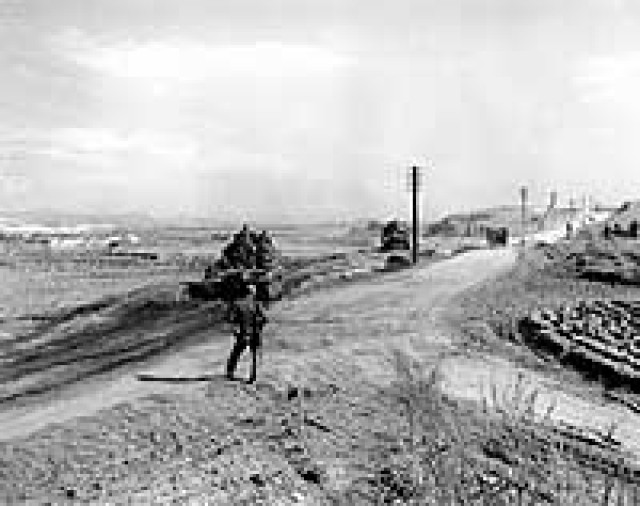
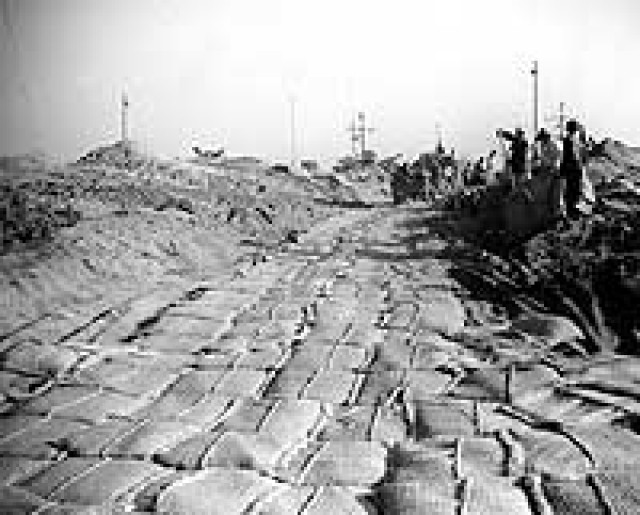
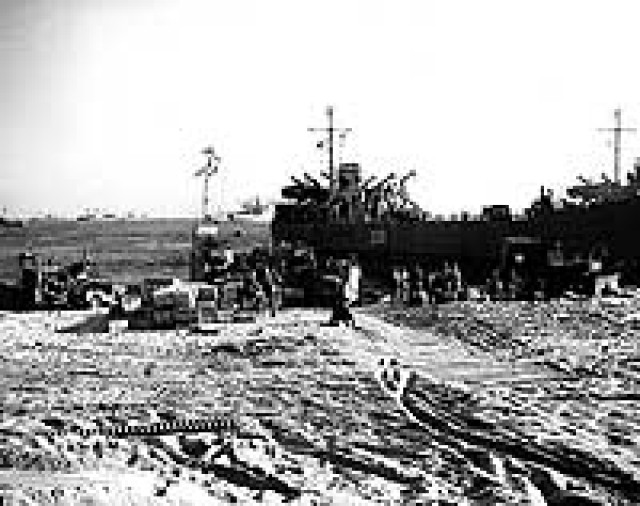
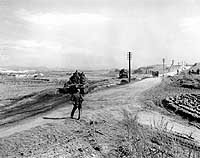
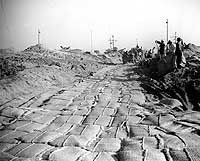
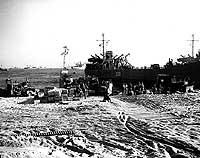
Social Sharing